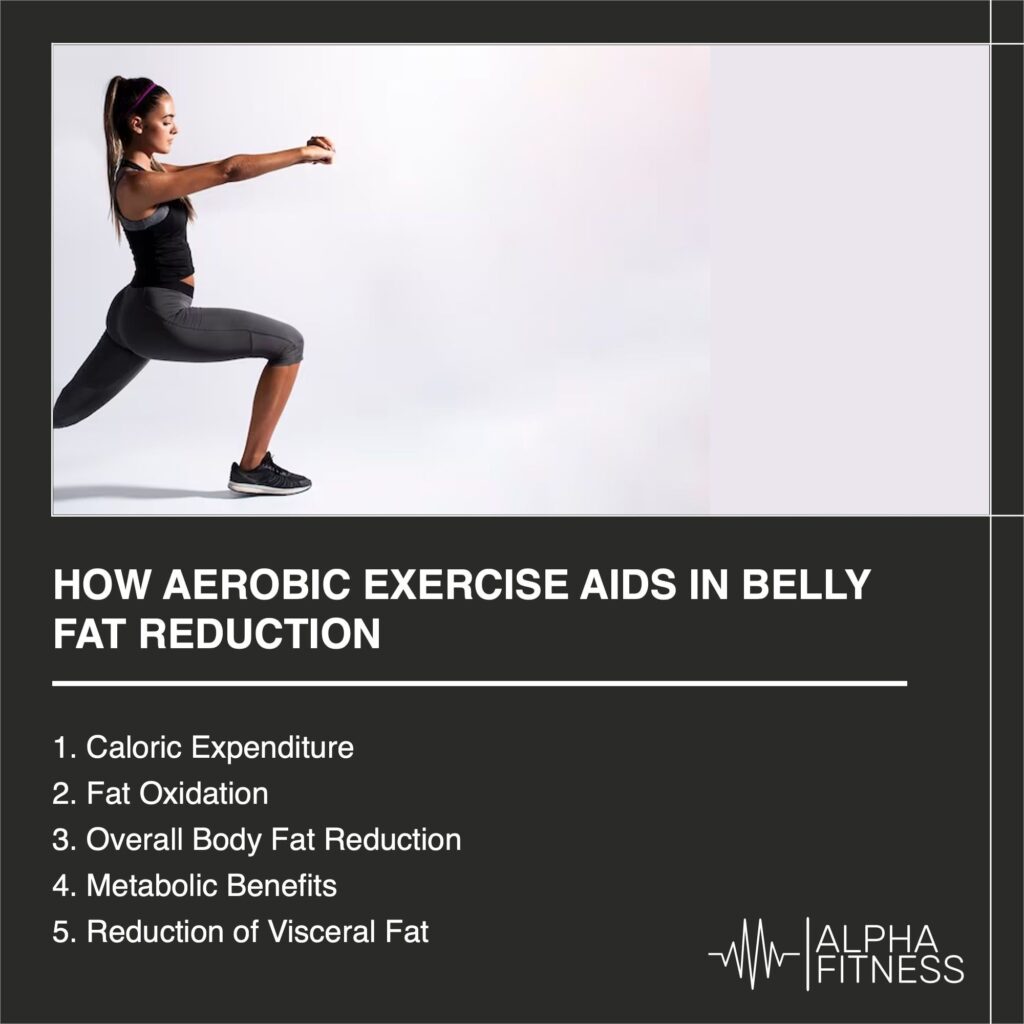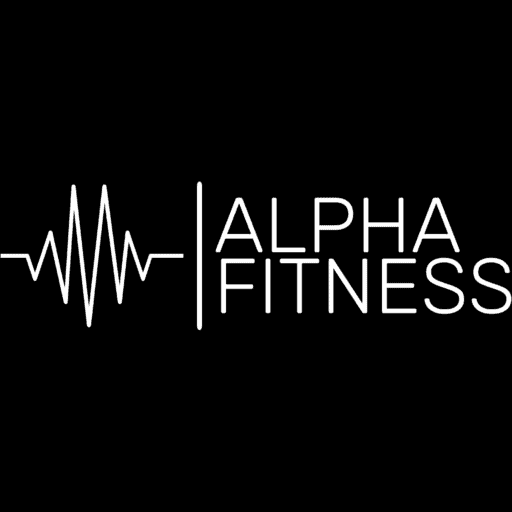
Below is a list of useful links:
- Pull-ups build bone density
- Fish pout exercise enlarges facial muscles
- How Aerobic exercise aids in belly fat reduction
- Pilate energy Increases energy and flexibility
Aerobic exercise, also known as cardio, can significantly aid in reducing belly fat when combined with a well-balanced fitness and nutrition plan. Here’s how aerobic exercise helps target and reduce belly fat:
Caloric Expenditure: Aerobic exercises, such as running, swimming, cycling, and brisk walking, increase your heart rate and breathing, leading to a higher caloric expenditure. To lose weight, including belly fat, you need to create a caloric deficit, which means burning more calories than you consume. Aerobic exercise helps you achieve this deficit by burning calories during and after your workout.
Fat Oxidation: Aerobic exercise primarily relies on fat as a source of energy, especially during lower-intensity workouts. As you engage in sustained aerobic activity, your body increases its fat oxidation, meaning it breaks down stored fat to fuel your exercise. This process contributes to fat loss, including fat stored around the abdominal area.
Overall Body Fat Reduction: While spot reduction (targeting fat loss from a specific area) is generally not effective, aerobic exercise helps reduce overall body fat. As you lose body fat, you’ll likely notice a reduction in belly fat as well, as this area tends to be a common storage site for excess fat.
Metabolic Benefits: Regular aerobic exercise can improve your metabolic rate and insulin sensitivity. This means your body becomes more efficient at using glucose for energy and managing blood sugar levels. Improved insulin sensitivity can reduce fat storage, particularly in the abdominal area.
Reduction of Visceral Fat: Aerobic exercise has been shown to reduce visceral fat, which is the fat stored around internal organs in the abdominal cavity. Visceral fat is associated with increased health risks, including cardiovascular disease and diabetes. Belly fat reduction achieved through aerobic exercise can lead to a decrease in visceral fat and improve overall health.
Appetite Control: Some individuals find that aerobic exercise helps control appetite and reduce cravings for unhealthy, calorie-dense foods. This can support healthier eating habits, further contributing to belly fat reduction.
Long-Term Fat Loss: Consistent aerobic exercise as part of a long-term fitness plan can lead to sustained fat loss and a healthier body composition. Regular exercise helps you maintain your weight loss and prevent the return of belly fat.
To effectively use aerobic exercise for belly fat reduction, it’s essential to:
Choose exercises you enjoy, as you’re more likely to stick with them.
Aim for at least 150 minutes of moderate-intensity aerobic exercise or 75 minutes of vigorous-intensity aerobic exercise per week, as recommended by health guidelines.
Combine aerobic exercise with strength training to build lean muscle, which can boost your metabolism and enhance overall body composition.
Pay attention to your diet, focusing on a balanced and calorie-controlled eating plan.
Remember that individual results may vary, and the rate of fat loss depends on various factors, including genetics, diet, exercise intensity, and consistency. It’s advisable to consult with a healthcare provider or fitness professional before starting a new exercise program, especially if you have underlying health conditions or specific fitness goals.




5 thoughts on “How Aerobic exercise aids in belly fat reduction”